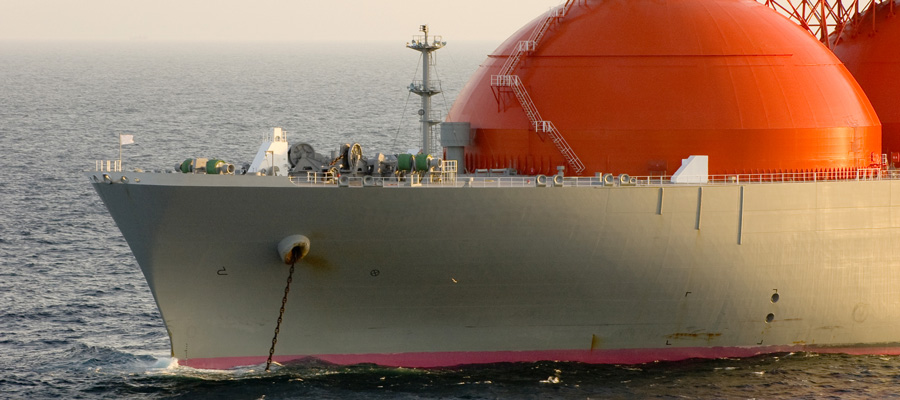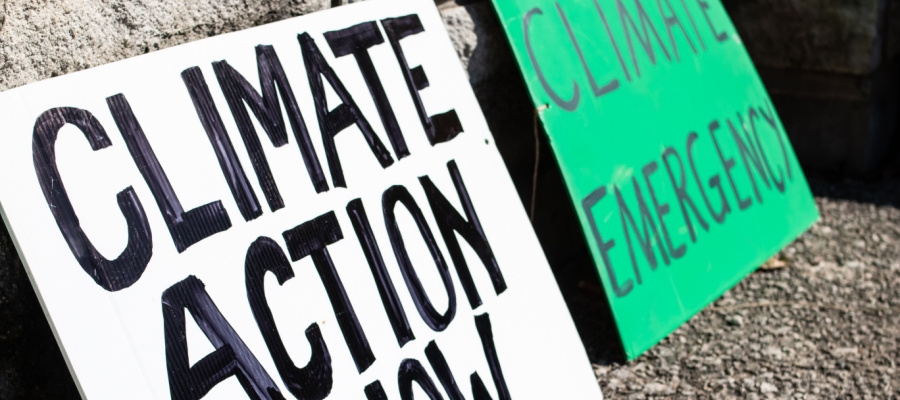Petronas’ Pacific NorthWest LNG: profile of a carbon bomb

I submitted the following in response to a call by the Canadian Environmental Assessment Agency for public comments on the February 2016 draft environmental assessment of the Pacific NorthWest LNG, also commonly known as the Petronas LNG project given the lead corporate proponent. (You can make a submission too).
This submission is in regards to the Greenhouse Gas Emissions section (6.2) of the draft environmental assessment of Pacific NorthWest LNG. This proposed project’s contribution to climate change should trigger its rejection by the CEAA. In the wake the Paris Agreement to curb carbon emissions and limit global warming to 1.5 degrees above pre-industrial levels, we no longer have the luxury of entertaining proposals that would substantially contribute to increased GHG emissions at home and abroad.
Implications of the draft assessment’s findings
The draft assessment rightly concludes that the “Project is likely to cause significant adverse environmental effects … as a result of greenhouse gas emissions.” The assessment accepts the proponent’s estimate that “total land and marine-based greenhouse gas emissions at full build-out would be 5.28 million tonnes CO2e per year.” This would increase BC’s greenhouse gas emissions by a staggering 8.5%, and Canada’s emissions by 0.75%. It would be, in the words of Environment and Climate Change Canada (ECCC), “amongst the largest single point sources of greenhouse gas emission in the country” should it proceed.
It is good news that the federal environmental review process is now considering upstream GHG impacts of proposed projects. Upstream emissions associated with this LNG project (meaning, GHG emissions from the fracked extraction, transport and processing of natural gas that would be shipped to this LNG plant) were estimated by ECCC at between 6.5 to 8.7 million tonnes (Mt) CO2e per year, equivalent to another 10-14% increase provincial emissions. The proponent argues these upstream emissions are overstated, and they estimate 5 Mt CO2e per year. Further they argue that engineering refinements would lower the LNG facility’s emissions to 4.9 Mt CO2e per year.
Even if we accept the lower revised estimates from the proponent, the total BC emissions increase of 9.9 Mt CO2e is equivalent to 15.8% of BC’s 2013 emissions (as calculated in Canada’s National Inventory Report). It is an amount that is more than the emissions from all residential and commercial/institutional buildings in the province combined (7 Mt). It is also equivalent to 64% of 2013 emissions from fossil fuel production in BC. If we take the assessment’s higher estimates of plant and upstream emissions, the impact is obviously worse.
This GHG emission increase runs contrary to the BC government’s legislated GHG reduction targets, which call for a 33% reduction by 2020 below 2007 levels, and 80% by 2050. By this standard, BC emissions need to drop to 42.3 Mt CO2e by 2020 and to 12.7 Mt by 2050. Thus, approving the LNG plant would make it virtually impossible for BC to obey its own GHG law. Furthermore, this project works against Canada as a whole achieving its national GHG reduction target of 30% below 2005 levels by 2030 (which is itself an inadequate target post-Paris).
Lifecycle GHG impacts
There is good reason to believe that the GHG impact of the project is in fact much greater than stated in the draft environmental assessment. We need to be concerned about the total amount of carbon being extracted from below ground and put into the atmosphere, irrespective of whether those emissions occur in BC’s, Canada’s or in another country’s GHG inventory.
Exports of 19.2 Mt of LNG are equal to 51.4 Mt CO2e that would accumulate in the atmosphere. However, even this number understates the emissions impact.
First, gas will be used at various stages of extraction, processing, transportation and liquefaction. Some 1.44 units of raw gas have to be produced at the wellhead to produce one unit of gas exported (based on research by scientist David Hughes). Adding in this extra gas to power operations yields 74 Mt CO2e per year, an amount that equal to 118% of BC’s 2013 emissions.
Thus, allowing this LNG facility and its supply chain is equivalent to more than doubling BC’s annual emissions, except that most of that emissions impact would occur in Asia. On a global basis, this would represent a 0.2% increase in global carbon dioxide emissions (35.5 billion tonnes (Gt) in 2014), an amount larger than the proponent’s estimate of a 0.15% global increase.
Second, these calculations assumes no leakages of methane, a potent greenhouse gas that is 86 times more heat trapping than carbon dioxide over a 20-year period, and 34 times over a 100-year period. As a result, even very small amounts of leakage from wellhead to final combustion have significant climate impacts.
It is not clear from the draft assessment how this issue is addressed in the ECCC modeling of upstream emissions. For example, a 1% methane leakage rate over the whole lifecycle would be equivalent to 25 Mt CO2e per year (over 100 years) and 64 Mt per year (over 20 years). Real world estimates put leakages at higher levels. A 3% leakage is equivalent to 75 Mt CO2e over 100 years and 191 Mt CO2e over 20 years; at 5% leakage, 126 and 318 Mt CO2e respectively.
Conclusion
As this run through the numbers indicates, we can only conclude that this project is a carbon bomb. Over a 30-year period, and assuming a conservative 1% methane leakage rate, the proposed Pacific NorthWest LNG infrastructure would facilitate putting at least 3 billion tonnes (Gt) of CO2e into the atmosphere. That carbon should stay in the ground as part of Canada’s commitment to global climate action.
Claims that natural gas will reduce global greenhouse gas emissions by displacing coal are dangerous wishful thinking, by ignoring full lifecycle impacts. Even in simple market terms, it is not necessarily the case that LNG exports would displace coal at all: if the importing jurisdiction is using LNG to displace nuclear power or renewables; or if LNG consumption is additional to coal consumption.
In lieu of recommending conditions to be attached to approval of this project, we must conclude that this project violates the spirit and letter of the Paris Agreement, Canada’s greenhouse gas reduction targets and BC’s Greenhouse Gas Emissions Reduction Act (2007), and should be rejected.
Topics: Climate change & energy policy, Environment, resources & sustainability, Fracking & LNG


